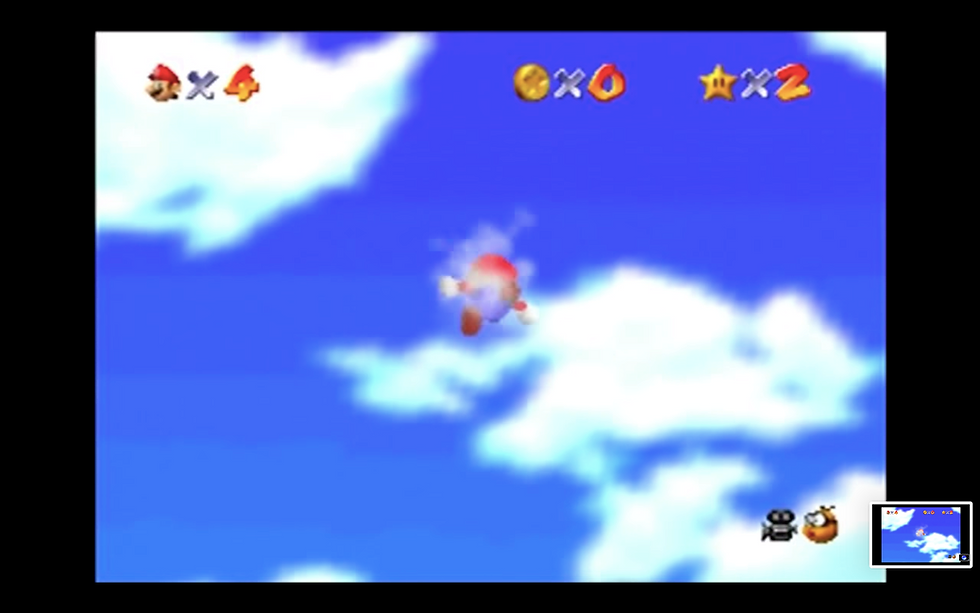Game Review: Pokémon Yellow (1998)
- gsoares
- Oct 20, 2019
- 4 min read
Pokémon Yellow Version: Special Pikachu Edition was released in September 1998 for the Game Boy and the Game Boy Color handheld consoles. It was developed by Game Freak and published by Nintendo as part of the first generation of Pokémon games, following the earlier release of Pokémon Red and Pokémon Blue and the Japanese exclusive Pokémon Green. It was a commercial success and became the third best selling game in America in 1999. It was given decent critical reviews, with the main complaints being that it did not add that much to the original Blue and Red versions and was only a stopgap between Pokémon Red and Blue and the following releases of Pokémon Silver and Gold.
The game itself follows the now-standard formula for Pokémon games in terms of mechanics. It is a third-person game with an overhead perspective. There are three main screens: the turn-based battle screen, the overworld, and in-game menus. The game starts somewhat differently from most other Pokémon games in that the character is not given the choice of picking a starter from a set of three options. Instead, Professor Oak, a self-proclaimed professional Pokémon researcher, catches a wild Pikachu which then becomes the player’s starter Pokémon while the player’s rival receives an Eevee. The overall plot is again the standard for Pokémon games. The player travels from town to town, capturing and training Pokémon on the way, then using those Pokémon to defeat gym leaders and earn their badges. This eventually gives the player the ability to challenge and defeat the Elite Four.
The main mechanic that the player interacts with involves battling Pokémon against other Pokémon. This can be both against other trainers’ Pokémon or against wild Pokémon. Ethically, I believe there are some major issues with the Pokémon games portrayal of human-Pokémon interaction.
First, it seems Pokémon are inherently wild. Generally, our human societal norms allow us broader acceptable interaction with domesticated animals. For example, we use dogs as co-workers, friends, and even as part of our security forces. Yet, we would not do the same with wolves. In Pokémon, it is clear that Pokémon are inherently wild and are not predisposed to human relationships. They are aggressive, when a player traverses the tall grass they will attack the player. Furthermore, wild Pokémon strive to preserve themselves and will fight back when attacked by the player’s Pokémon. Also, when a player attempts to catch a wild Pokémon with a Poké Ball, the wild Pokémon resists it and will occasionally succeed in escaping the Poké Ball. The player is given the hint that if you weaken a Pokémon before attempting to catch it, you will have a greater chance of succeeding. This feels a bit like beating the Pokémon into submission before capturing them forever. With all of this in mind, it seems wrong to capture Pokémon and hold them in Poké Balls. On top of this, it is clear that at least some Pokémon do not enjoy being held in Poké Balls, as evidenced in Pokémon Yellow itself as the player’s Pikachu follows the player freely instead of being carried in a Poké Ball. Overall, it seems that the human-Pokémon relationship is forced and abusive, or at best one-sided.
Second, the main mechanic of the game is battling Pokémon against other Pokémon. For the purpose of this paper, I say we can ignore battling wild Pokémon. After all, one could liken this to using hunting dogs to hunt wild animals, which is currently somewhat socially accepted. While this is also morally questionable, that is a discussion for another day. The focus of this is instead battles between trainers. Early on in Pokémon Yellow, the player’s rival says “I’ll make my Pokémon fight to toughen it up.” Personally, if someone said the same thing in real life but replaced Pokémon with “dog”, I would call the police as soon as I could. Furthermore, there is an implied system of bets that take place when trainers fight each other. This is evidenced by the player receiving monetary rewards any time they beat another trainer. This creates an incentive for the player to train their Pokémon, which they do by earning EXP. This can only happen by fighting other Pokémon, be they wild or trained. In earning EXP, the player’s Pokémon learns new battle moves, as well as gains level. Many Pokémon, if they gain enough levels, can evolve into a new type of Pokémon. In doing so, the Pokémon changes in both physical form as well as identity. Pokémon generally can only say their own name. When a Pidgey evolves into a Pidgeotto, it can no longer ever say “Pidgey” and becomes wholly disconnected from its previous identity; it has become a wholly new being. Furthermore, only the player has control of whether a Pokémon evolves or not. The Pokémon itself has no agency.
The final point is the player’s relationship with their Pokémon, specifically the Pikachu. Within the game, the player can interact with the Pikachu and it will react to the player based on their relationship. The main way to increase that relationship is again, through battles. Assuming that my above theory that Pokémon are trapped against their will is correct and that Pokémon battles constitute animal abuse, then the idea that the players relationship with the Pikachu increases as the Pikachu is abused more is very similar to Stockholm Syndrome, where hostages develop an alliance with their captors during captivity.
Overall, the relationship between trainers and Pokémon appears to be abusive. This stems both from the main interaction between the two, battles, as well as the implication that Pokémon are inherently wild creatures that are held against their own will and forced to battle for the monetary gain and entertainment of their captors.




Comments